A violation of advertising rules caused Anheuser-Busch to pull beer off retailer’s shelves in Ohio, and eight breweries and wineries agreed to one year of probation rather than face 10-day license suspensions in California for tweeting about a festival. So ignore beer advertising laws at your peril.
In this article, I’ll discuss the general beer advertising rules with particular emphasis on federal advertising regulations as many states have similar rules and because these rules apply to beer sold across state lines. Also discussed will be laws and industry codes to prevent underage drinking and drinking and driving. These rules are applicable to beer packaging, swag, newspaper ads, online videos, social media, etc. In a second article, I’ll discuss tied house rules as they apply to advertising and how the tied house and advertising rules apply to social media and websites.
Federal advertising regulations
The federal advertising regulations can be divided into the following six categories: (1) mandatory statements, (2) false or misleading statements, (3) improper health statements, (4) statements inconsistent with labeling, (5) improper statements relating to alcoholic strength and (6) other prohibitions.
One of the most frequent advertising mistakes in mandatory statements is to not correctly list the name, city and state of the advertiser. Typically, the advertiser is the brewery, but it is common to also see advertising by importers. Advertising must indicate the class of the beer advertised, e.g., malt beverage, beer, lager, ale, porter or stout, unless a line of beers is advertised. The mandatory statements can’t be in the “fine print,” but must be conspicuous, legible and clearly part of the advertisement. For consumer specialty items, e.g., swag, only the company name or brand name is necessary.
The Alcohol and Tobacco Tax and Trade Bureau (TTB) prohibits many types of false or misleading statements. The most common error relates to misleading statements about the identity, origin or other characteristics of the product. For example, Founder’s Kentucky Bourbon Stout was renamed KBS supposedly because Kentucky Bourbon Stout was thought to mislead buyers to believe that the beer was made in Kentucky. Rather than bombard the reader with the many prohibitions against false or misleading statements, it is generally best to avoid such statements because false or misleading statements can result in bad publicity, can violate consumer welfare laws, can violate false advertising laws and can run afoul of various federal and state alcohol laws, such as Illinois’ prohibition against all false or untrue statements. However, opinions and puffery are generally OK, for example, Miller Lite’s “Tastes Great!” slogan.
Are your beer labels TTB compliant? TTB releases its Alcohol Beverage Sampling Program
The TTB prohibits many types of health statements. One of the most common advertising mistakes is to make false or misleading claims such as the beverage improves memory, prevents headaches or provides energy — think Guinness ads which were run in England. Another common mistake is to make a calorie or carbohydrate claim on a website without an accompanying average analysis. Specifically, the TTB ruled in 2004 that “caloric and carbohydrate representations … are considered to be misleading … unless they provide complete information about the calorie, carbohydrate, protein and fat content of the product.” Also in 2004, the TTB provided a detailed procedure for determining and reporting the average analysis. Another mistake is to make misleading or incorrect references to a beer being gluten-free, natural or organic. The reader is directed to the TTB’s rulings on gluten and natural and to a TTB guide on organic labeling.
The TTB prohibits advertising statements inconsistent with labeling. A common advertising mistake is to show a bottle whose label is not a faithful reproduction of an approved label. This can include using a label of a different size than the approved label.
Statements of alcoholic strength or original extract for beer are generally prohibited. Using descriptors such as strong, full strength, extra strength, high test, high proof, pre-war strength and full oldtime alcoholic strength are prohibited unless required by state law. However, the ABV of the beer can be reported if the actual ABV is within ± 0.3 percent. Special reporting rules apply to malt beverages having less than 2.5 percent ABV.
A variety of other items are also prohibited in beer advertising:
- Taste tests unless in accordance with 27 CFR 7.55;
- Flags, seals, coats of arms, crests and other insignias unless authorized;
- Subliminal or similar advertising;
- Confusion of brands — this could also result in a trademark lawsuit;
- Statements that a beverage is brewed, made, bottled, packed, labeled or sold pursuant to any government authorization, law or regulation, but municipal or state permit numbers are allowed;
- Implied statements about governmental supervision such as bonded, bottled in bond, aged in bond, bonded age, bottled under customs supervision unless on approved product label; and
- Obscenity or indecency.
Laws and industry codes to promote responsible consumption
Many states have advertising laws to reduce underage drinking. Specifically, Illinois, Michigan and other states prohibit depictions of minors or inclusion of material appealing to minors in advertising and labeling. Indeed, Founder’s Brewery’s Oatmeal Breakfast Stout label depicting a child eating oatmeal was found to violate Michigan and New Hampshire laws in 2015 and 2014, respectively. Furthermore, in 1987, the Ohio Department of Liquor Control forced Anheuser-Busch to pull Bud Light beer in packaging bearing pictures of a dog (a.k.a., Spuds MacKenzie) dressed as Santa Claus from retailer shelves.
Similarly, there are advertising laws to reduce drinking and driving. Most notably, the TTB has a ruling prohibiting “any label or advertisement depicting consumption of an alcoholic beverage while the party consuming the beverage is seated in, about to enter, operating or about to operate automobiles or other machinery.”
The brewery industry has a vested interest in promoting responsible consumption and avoiding advertising that puts the brewery industry in a bad light. To that end, both the Beer Institute and the Brewers Association have an advertising and marketing code. Both organizations will accept complaints about the violation of their code and will even determine if there were violations of their code. Members of these organizations should familiarize themselves with the relevant code. The Brewer’s Association made a splash in 2017 when it revised its code to ban offensive beer labels and announced that winning beers in the Great America Beer Festival (GABF) and the World Beer Cup having offensive names could not be promoted or advertised using the GABF and World Beer Cup trademarks.
Roger Masson is a chemical engineer and lawyer who is passionate about innovation and guiding companies, large and small, through regulatory mazes so they can innovate and thrive. He specializes in intellectual property and craft brewery and distillery law. The Hinshaw law firm can assist breweries and distilleries with all their legal needs including founding a business, licensing, branding, distributing, contracting, advertising and managing employees. [email protected]

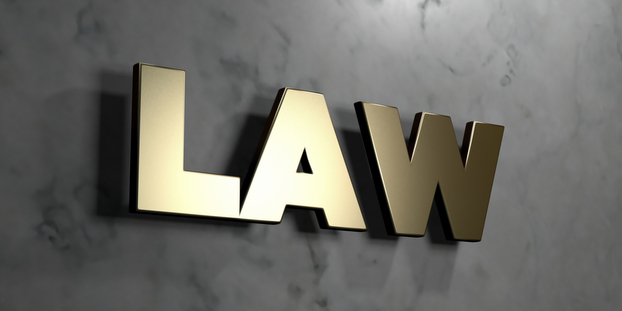
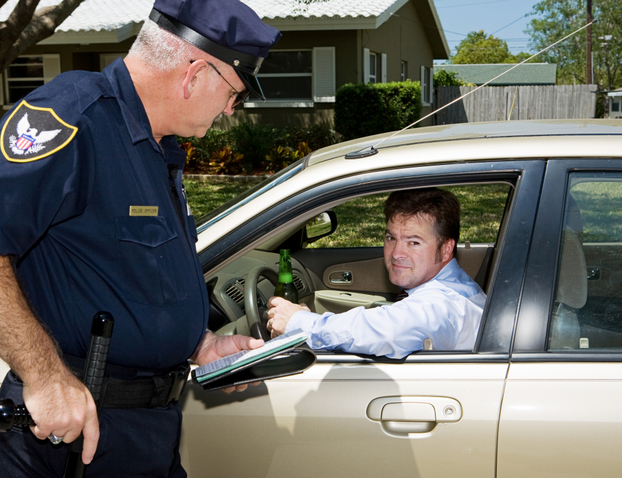

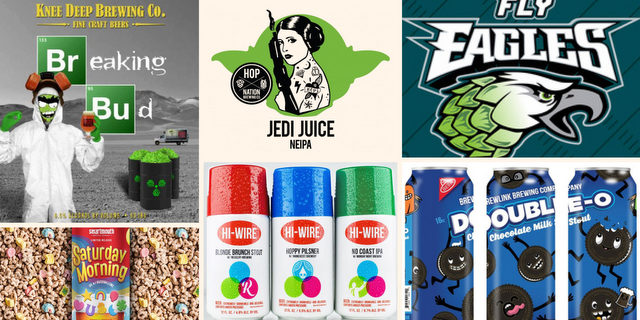
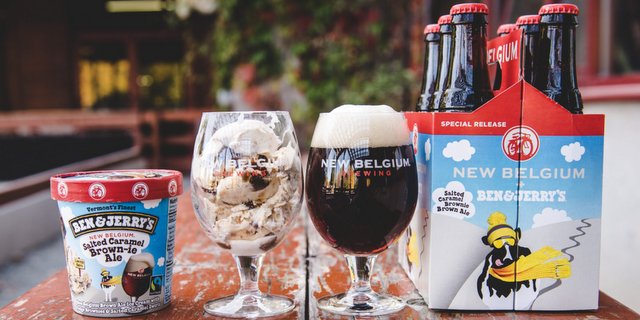
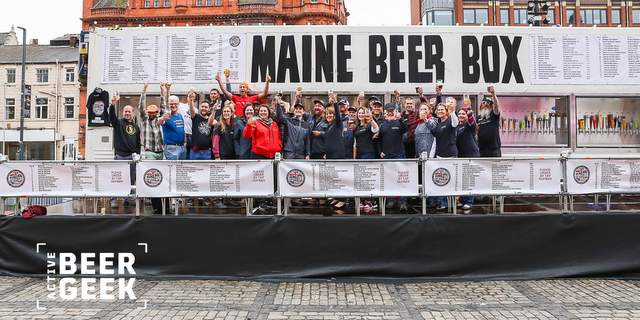
Leave a Reply
You must be logged in to post a comment.